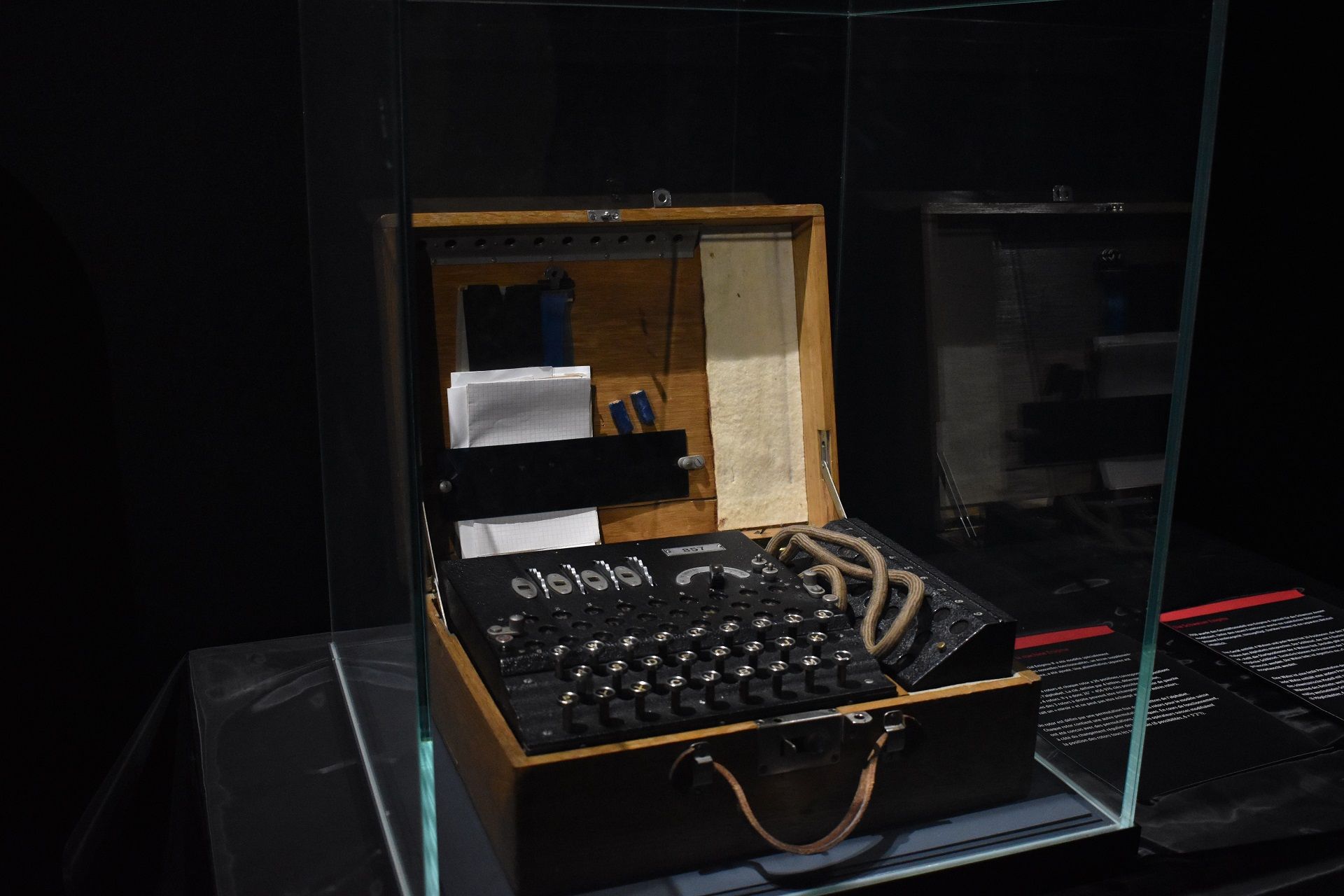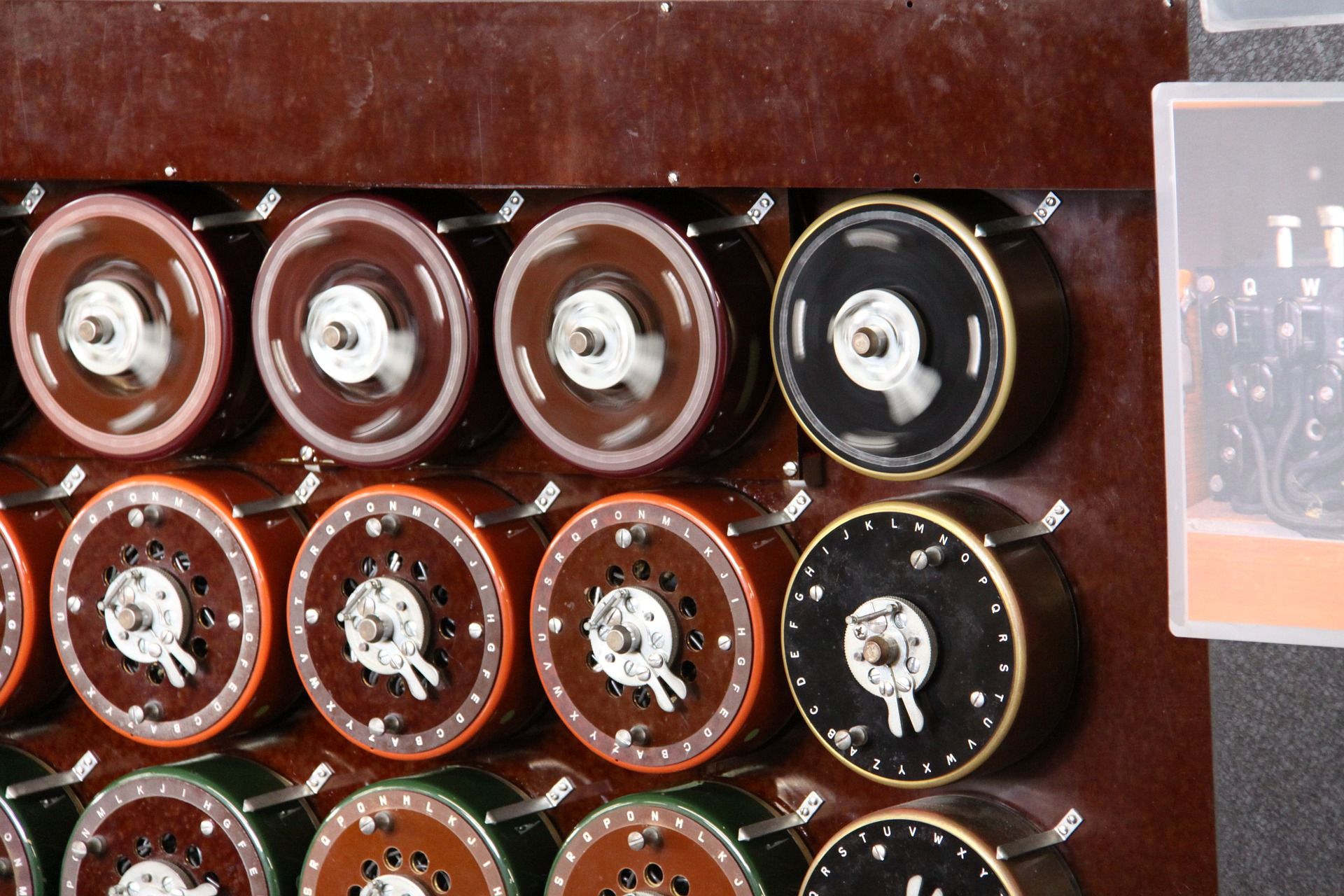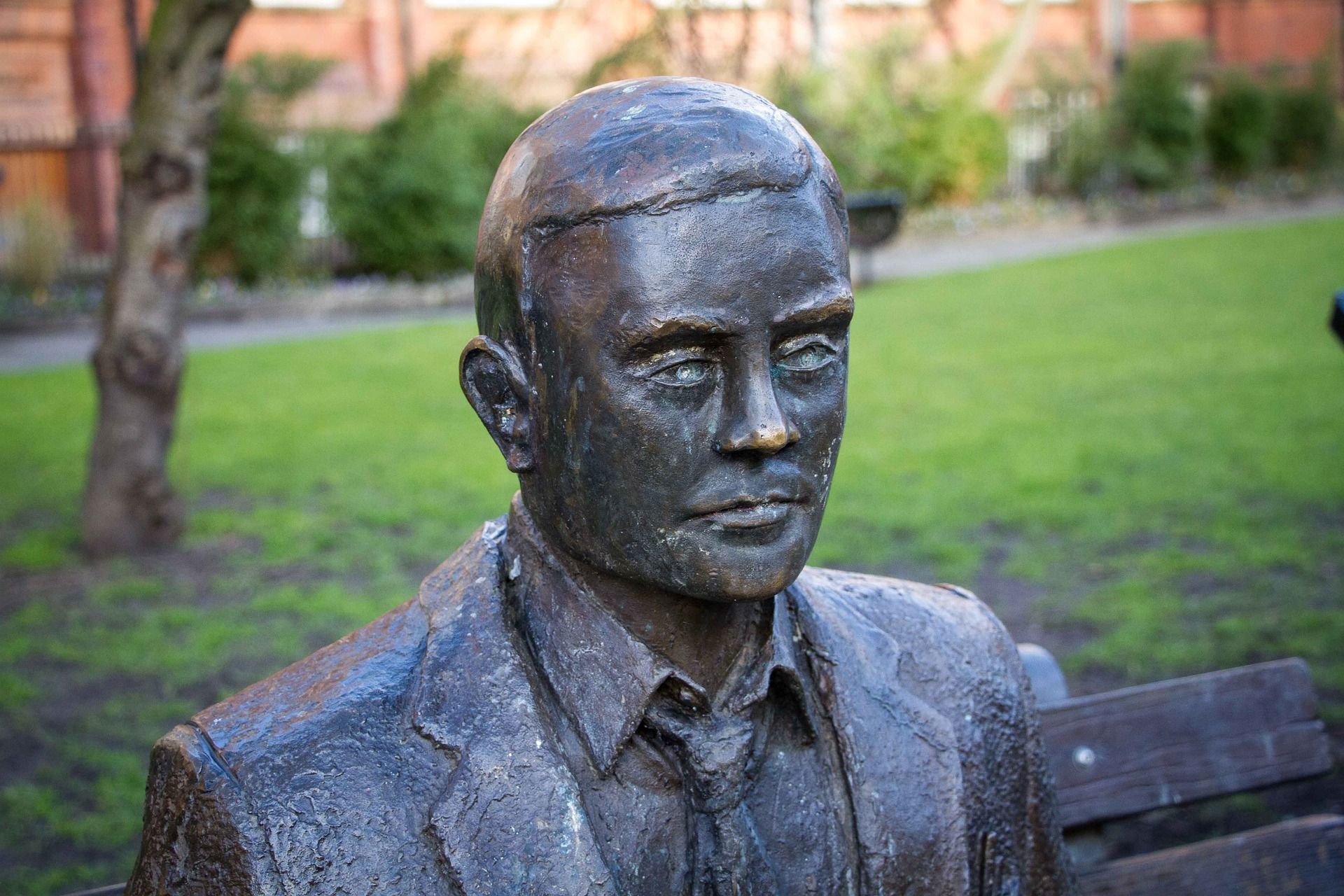The internet is a never-ending source of new tech, and with new tech comes new jargon. The prefix “crypto-” has been around for a while now, and you’ve probably heard of cryptocurrency. But what about cryptology or cryptography?
This article will explain cryptology and cryptography in detail, including their differences, what they involve, and what they are used for.
What Is Cryptography?
Cryptography comes from the ancient Greek words kryptós, meaning “hidden,” and graphein, meaning “to study.” It’s the study and practice of ensuring that information is secure from unintended or malicious parties.
Cryptography has existed for thousands of years. In ancient Egypt, rulers would use ciphers to hide messages from enemy military commanders if a messenger was captured. This practice continued throughout history to the modern era, where cryptography is now far more advanced.
Cryptography includes any methods used to keep communications and data between two or more parties so that others cannot read, modify, or steal the information. There are two foundational techniques in cryptography: encryption and hashing.
What Is Encryption?
Encryption is the use of ciphers to essentially scramble digital information so that it is inaccessible to anyone who doesn’t have the deciphering key. Depending on the level of encryption, it can be impossible to decipher the message without the key. The two kinds of encryption are symmetric-key cryptography and public-key cryptography.
Symmetric-key cryptography refers to encryption where the sender and receiver use the same key to decipher the message. An example of this is the Data Encryption Standard (DES), developed by the US government and used for everything from ATM encryption to email privacy. However, it was surpassed by the Advanced Encryption Standard (AES) many years ago.
Symmetric-key cryptography requires that both sender and receiver safely manage one or several encryption keys. This can prove to be complicated as well as a major security risk.
Public-key cryptography or asymmetric cryptography involves two keys: a public key and a private key. The public key is available publicly and used for encryption, while the private key is kept secret between two parties and used for decryption.
Encryption strength is usually measured by key size. The key size is how many bits are used in the encryption algorithm. The longer the key size, the more secure the encryption. 256-bit and 512-bit are considered “military-grade” key sizes, for instance.
What Is Hashing?
A hash function in cryptography takes any length of data and algorithmically converts it into a short output called a “hash digest.” This is a one-way function that cannot be reversed. A good hash algorithm will not produce the same hash for any two messages. In other words, every hash should be unique.
Hashes are used for several things, including verifying messages, passwords, and signatures. As an example, the popular hash algorithm, MD5, can be used to ensure that messages are not changed before, during, or after transit.
The message is hashed at each interval, and if the output changes at any point, it’s apparent that the message has been interfered with.
What Is Cryptanalysis?
Before we move on to cryptology, it’s important to understand cryptanalysis. If cryptography is the practice and study of protecting data, cryptanalysis is the practice and study of breaking those protections.
Cryptanalysis is often used to find ways to break encryptions without the cryptographic key or find other weaknesses in cryptographic defenses.
A Brief History of Cryptanalysis
Just like cryptography, cryptanalysis has been around for thousands of years. A famous example of cryptanalysis was the cracking of the Enigma Code by Alan Turing and others at Bletchley Park.
The Enigma was an enciphering machine used by the Germans so that they could securely communicate. A person would type into a typewriter, and the machine would output an encrypted message according to frequently changed codes—a great example of modern cryptography.
Turing, with Gorgon Welchman, invented the Bombe machine. Bombe machines were cryptanalytic devices that greatly reduced the amount of work that “codebreakers” had to do. It worked by trying to replicate the complicated settings of the Enigma to discover the encryption key.
With the discovery that German messages often contained particular words, including “weather report,” “Heil Hitler,” and “eins” (the German word for “one”), the Bombe and other cryptanalytic techniques could be used to decipher most of a message.
Brute-Force Cryptanalysis
One popular method of cracking encryption is via a “brute-force” approach. This is the systematic check of all possible keys or passwords against encryption. With smaller encryption keys, it’s possible with current computing technology to brute-force the algorithm. But, it would take billions of years for even our fastest supercomputer to brute-force 256-bit encryptions.
This is what makes key size so powerful and why it’s necessary in almost all cases to have the correct decryption key for encryptions of that strength.
Cryptology vs. Cryptography
Cryptology and cryptography are often used interchangeably, which is partially incorrect. Cryptology is an umbrella term that incorporates both cryptography and cryptanalysis. So cryptology encompasses both sides of the coin; protecting and securing data and finding ways to break those protections and access the data.
Security professionals and hackers alike use cryptology. Security professionals will use it to find vulnerabilities and develop stronger, less vulnerable cryptographic tools, while hackers will generally seek to infiltrate systems and steal data.
The example of Alan Turing and the Enigma Code is a great example of cryptology at work. On one side of the coin, you have the height of cryptography at the time. The Enigma Code was thought to be uncrackable. With each message, there were more than 150 million million million possible combinations.
On the other side of the coin, you have the incredible feats of cryptanalysis actually managing to decipher the Enigma, intercept German messages, and greatly aid the Ally war effort.
Privacy, Security, and Cybercrime
Cryptology is a fascinating field that focuses on the two opposing techniques of cryptography and cryptanalysis. While cryptography seeks to protect and secure data using techniques like encryption and hashing, cryptanalysis tries to discover vulnerabilities to break cryptographic defenses.




